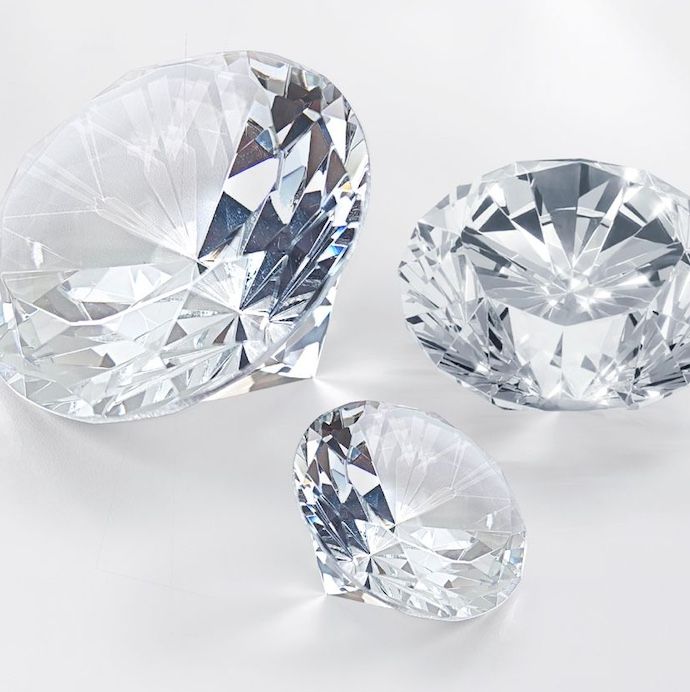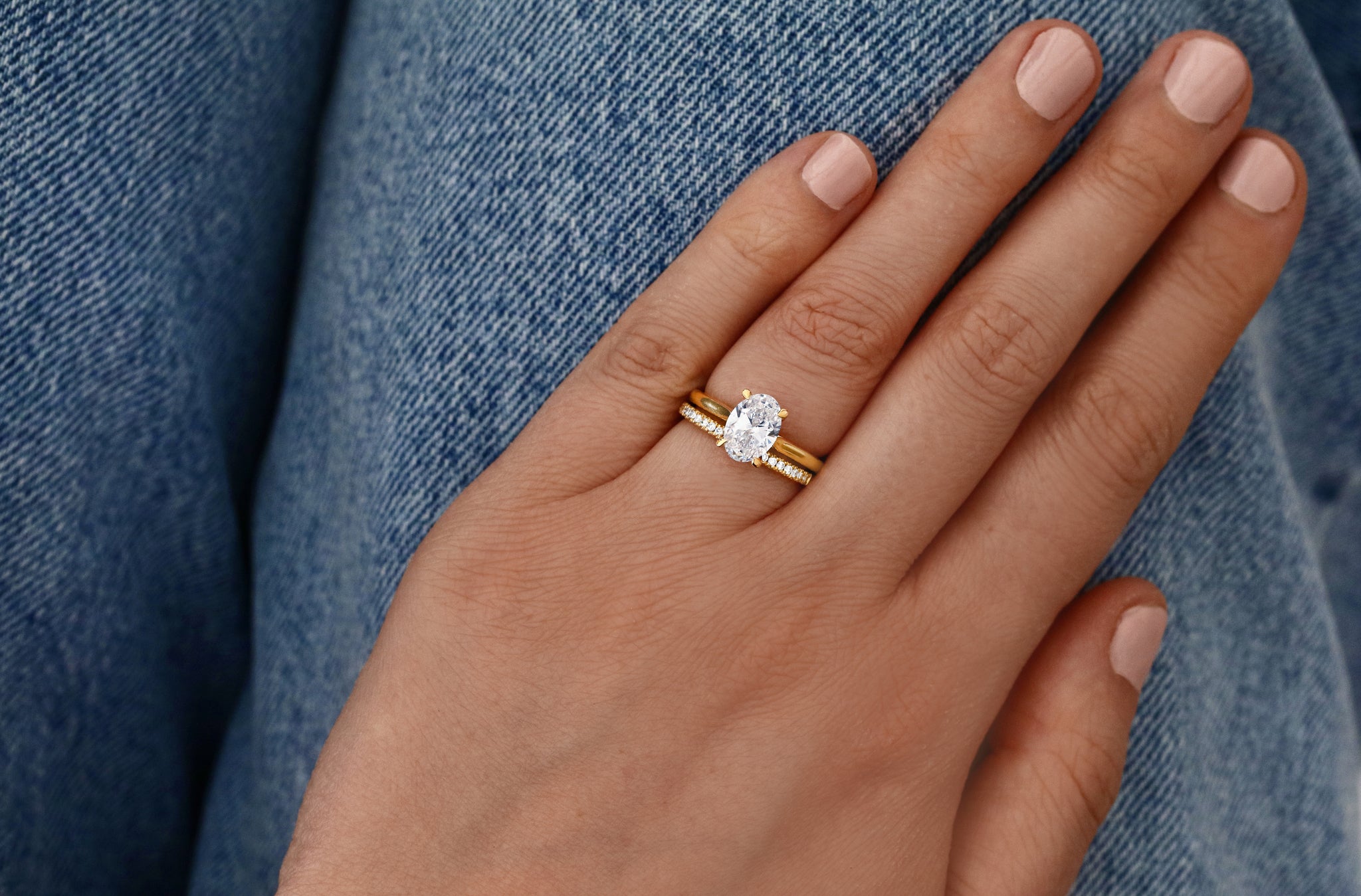Molds are fungus growing in any area with moderate temperature and moisture. Some fungi are not harmful, but many are hazardous to health and damage to property. You may see molds growing in damp areas caused by leaking windows and roofs, and because of improper ventilation. Hiring damp proofing specialists can help address the problem.
It is essential to prevent any growth of these fungi at home before they cause adverse effects both on health and property. There are three categories of molds that commonly thrive at home, including:
Toxic molds – if you notice these molds at home, the best thing to do is to hire a professional to get rid of them and dispose of the affected materials properly.
Pathogenic molds – these molds are not harmful and you can use disinfectants to remove them. But if they grow in colonies, seek help from a professional to eliminate them.
Allergenic molds – if ever you have family members prone to allergies, see to it no molds would grow in your home. Molds can cause allergies. You can remove them using disinfectants, but as much as possible, get rid of them completely.
Dangers of Mold
As mentioned above, molds are harmful to health and property. Some people are susceptible to allergies and there’s a great possibility mold can affect them. You should know the dangers mold poses and be on the lookout for the symptoms.
- Eye irritation
- Nasal stuffiness
- Skin irritation
- Throat irritation
- Coughing
- Shortness of breath
- Lung infections
Molds easily reproduce through the spores that can thrive in heat, dry, cold, and wet places. To prevent the risks of molds, the best thing to do is to expunge them.
Common Types of Molds
Molds come in various colors and shapes. It makes sense knowing them and how to control or get rid of them from your homes.
- Stachybotrys – This mold grows on paper, cardboard, hay, and wood. Commonly known as toxic mold and it fully grows within weeks in extremely damp areas. Stachybotrys can thrive in office buildings with poor ventilation. If the humidity and temperature are not controlled, the place could be the ideal breeding ground for this mold.
- Aspergillus – has green or grey spores forming a thick layer. But there are other species of Aspergillus mold manifesting different colors. This mold lived in wooden areas and may grow extensively.
- Cladosporium – carpets, drapes, upholstery, and floorboards are favorite places for Cladosporium molds to grow. But they also thrive in warm and cold environments. Its color can be olive green or brown, and the texture is suede-like. They may form in small colonies, and homeowners can clean them using disinfectants. But larger colonies need professional help.
- Mucor – you may find this mold near HVAC, air conditioners, and ductworks where condensation forms. Mucor can cause allergies thus, it should be purged. The gray or white mold develops into thick patches.
- Penicillium Mold – this mold can cause allergy and has a musty odor. It usually grows in moist rooms and can contaminate clothes and leather. Anyone who has an allergy to penicillium can experience lung inflammation and hay fever.
- Acremonium – another mold that releases toxins hazardous to the body organs, bone marrow, and immune systems. Water damage can lead to the growth of this mold. It starts as a moist substance and later a powdery mold. As soon as you notice the mold growth, you can use bleaching solution and water to remove the molds. Wear a mask and make sure the room is well ventilated. Be careful when using a spray solution because the spores may release into the air.
- Fusarium – this mold grows in soil and affects the plants and humidifiers. The toxins fusarium produces are harmful to the nervous and circulatory systems. Ingestion of contaminated grains is dangerous to health.
How to Remove Mold
You can prevent mold growth can be prevented by identifying the common cause. Humidity increases the chances of growth. With this, check for any issues that cause humidity, such as leaking roofs, windows, and pipes, or cracks in walls. But if the prevention is unsuccessful, the best thing to do is to remove the mold before it can ruin your health and property.
Here are some easy ways to get rid of molds using basic cleaning solutions.
- Bleach solution – for a small colony of molds, you can simply use detergent to clean the area. You can also combine a bleaching solution to remove the discoloration caused by mold patches. You can put the bleach solution in a spray bottle and scrub the area after spraying the solution. Rinse and let the area dry.
- Hydrogen peroxide solution – another home cleaning supply you can use to remove the mold is hydrogen peroxide solution. It may be less harsh than the bleaching solution, but it can kill mold. Use concentrated hydrogen peroxide to spray on the affected area. It is recommended on kitchen appliances, walls, floors, and bathroom fixtures.
- Distilled white vinegar solution – white vinegar is always present in households. It is also an effective cleaning supply. Using a distilled solution of white vinegar can also help to remove mold. Make a solution of white vinegar and baking soda, put it in a spray bottle. Spray the mixture on the mold and leave it for an hour before wiping the area. This solution works best for tough mold.
Hire an Expert
If all your efforts of removing the mold are not working, you may seek help from a professional. Maybe the extent of mold growth is beyond the capability of the common cleaning supplies. It is essential to let a professional handle the job, especially for toxic and dangerous mold.
Prevention Tips
Controlling the humidity is one way to prevent mold growth. This way, moisture would not build up and accumulate in the area. Using a dehumidifier or air conditioner can also help. Another thing to consider is fixing any leaks. Water build-up from the leaks can make the area moist and make it a better place for mold. Proper ventilation can also prevent molds from growing in the area, especially inside the laundry room, bathroom, and kitchen.
Take Away
Ruling out the main reason for mold growth is the key to preventing and expunging them. Keep in mind that mold keeps on growing back. Thus, use an effective way to get rid of them and prevent them from growing back.





